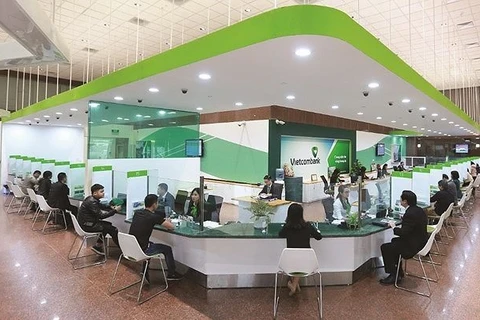Hanoi (VNS/VNA) - Credit growth in the next three to five years is forecast to be around 14 percent per year, lower than the average rate of 18.1 percent in the 2015-17 period.
As part of a recent report on the prospects of the country’s banking industry in 2019, the Bao Viet Securities Co (BVSC) projected that the lower credit growth was due to a decline in both capital supply and demand.
Specifically, on the capital demand, the country’s economic growth next year is projected to slow to 6.4-6.5 percent, which will have a domino effect on capital demand as local firms will not need as much capital as previously to expand production and business.
In addition, forecasted interest rates hike of some 0.25-0.5 percentage points in 2019 will also cause a decline in loans from borrowers, BVSC analysts said.
The credit supply next year will be also restricted due to the central bank’s new regulations on increasing the risk weighting of real estate loans in the banking system from the current 200 percent to 250 percent from early next year. The rule means that for every new real estate loan extended, risk weighted assets increase by two and a half times the amount of the loan. This significantly disincentivises banks from providing new loans to the real estate market and helps take some of the heat out of the sector.
A central bank regulation on reducing the proportion of short-term funds to medium and long-term loans at banks from the current 45 percent to 40 percent from the beginning of 2019 will also reduce banks’ capital supply.
BVSC analysts also estimated that due to the application of Basel II in the country’s banking system from 2020 as per the central bank’s plan, the estimated capital needed to meet credit growth of 14-15 percent per year at listed banks will be about 237 trillion VND (10.13 billion USD). The largest capital needs are anticipated at Vietinbank, LienVietPostBank and Sacombank, with annual average capital growth rates of 22 percent, 16 percent and 13 percent per year, respectively.-VNS/VNA
VNA
























